7 Window Treatments That Can Lower Your Energy Bills
http://decor-ideas.org 04/27/2014 22:22 Decor Ideas
Whether it’s a pair of drapes hung to frame a pleasant view or a cheery striped awning floating above a picture window, homeowners often dress up their windows for beauty rather than function. But with the right materials and proper placement, these decorations might actually help lower your monthly energy bills.
The impact can be significant. According to the United States Department of Energy (DOE), something as simple as a set of medium-colored drapes backed with white plastic reduces solar heat gain by as much as 33 percent.
When the hot months arrive soon, don’t just blast the air conditioning. Explore some of these window treatment ideas instead.
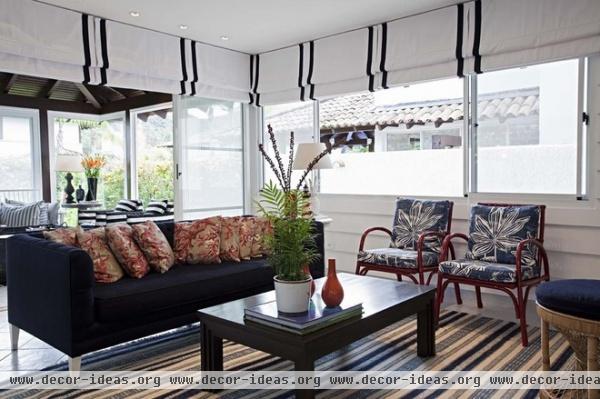
Shades
The DOE considers window shades the simplest and most effective way to save energy with window treatments. Proper installment is key. Mounting shades as close to the glass as possible and right up against the adjacent wall creates a tight seal that minimizes both heat gain and loss. Shades with dual layers of fabric — a light color on one side and a darker color on the other— add more functionality. Try reversing the shades based on the season; the light color will reflect heat in summer, while the dark color will absorb heat during winter.
Ideal locations: Shades are flexible, so any window orientation is suitable.
Best uses: Depending on material, color and whether they are raised or lowered, they can help reduce both solar heat gain and heat loss.
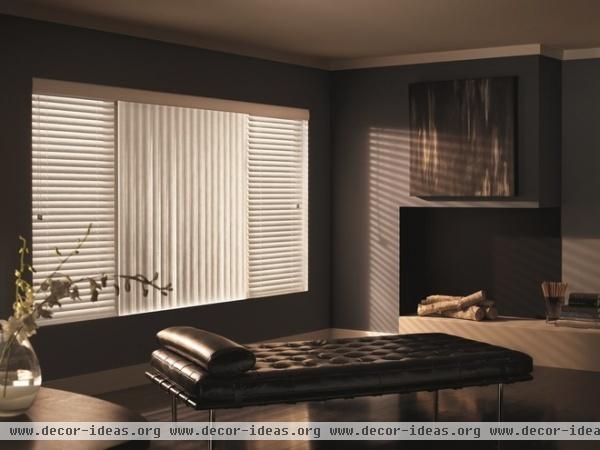
Blinds
Both interior and exterior blinds help reduce solar heat gain while maintaining desired light, ventilation and privacy. When closed and lowered on a sunny window, reflective blinds (white or near white) are capable of reducing heat gain by 45 percent.
Ideal locations: South- and west-facing windows.
Best uses: Reducing heat gain where you still want options for light, ventilation and privacy.
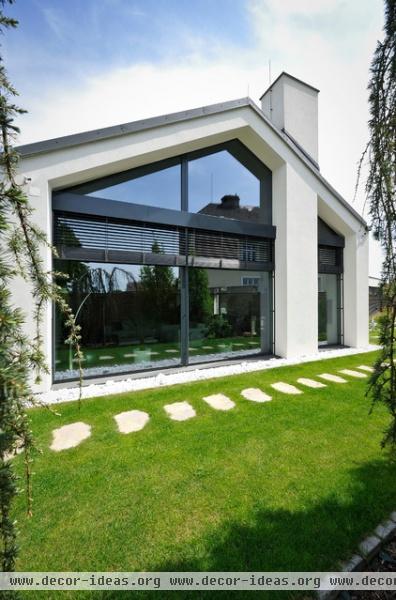
Exterior blinds are potentially even more effective than interior blinds. Unlike interior blinds, they block heat before it is transmitted through the window and warms up the room. They are tricky to add to an existing window, however, so are best left for new construction.
The designer of this home integrated exterior blinds into the facade as a beautiful architectural element.
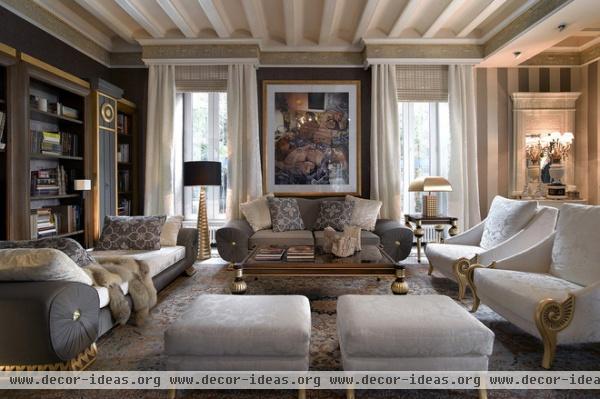
Drapes
Depending on fabric weight and color, drapes help insulate your home from both solar heat gain in summer and heat loss in winter.
As stated earlier, medium-colored drapes with a white plastic backing can reduce solar heat gain by as much as 33 percent if left closed during hot months. As with other window treatments, a tight seal is needed for maximum performance. Hang drapes from a cornice or right up to the ceiling down to the floor and position them as close to the window as possible.
Ideal locations: Any orientation, because of their flexibility.
Best uses: Reducing solar heat gain and loss, depending on a number of factors.
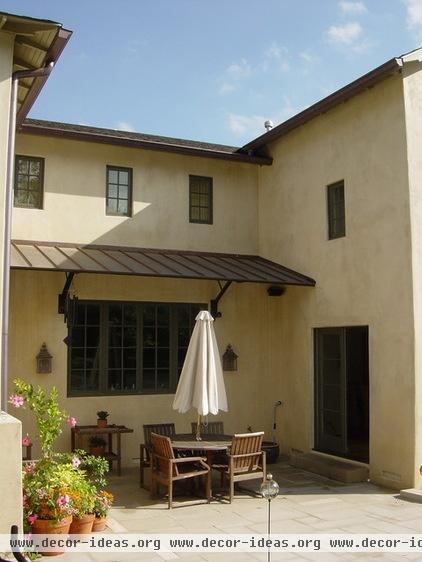
Awnings
Awnings not only add personality to a home’s exterior but offer an excellent defense against the sun in areas with perpetually hot weather. Exterior awnings can reduce solar heat gain by up to 65 percent for south-facing windows and 77 percent for west-facing windows.
Ideal locations: South- and west-facing windows.
Best uses: Reducing heat gain in warm weather.
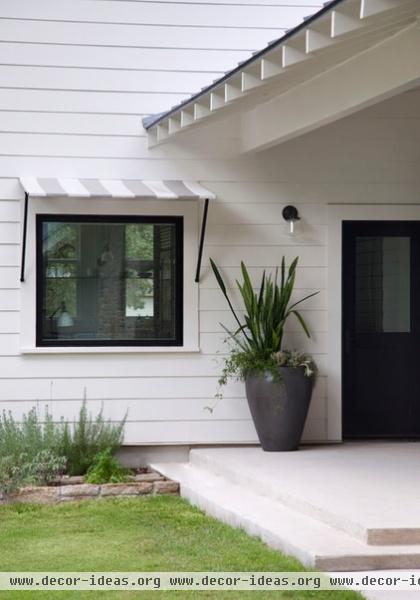
Some features will help improve your awning’s performance. Opaque and tightly woven awnings block sun better than flimsy fabrics; light-colored awnings reflect more sunlight. Since awnings trap hot air next to the windows, the DOE recommends openings for ventilation. Finally, retractable awnings allow sun to reach inside the house during the colder months.
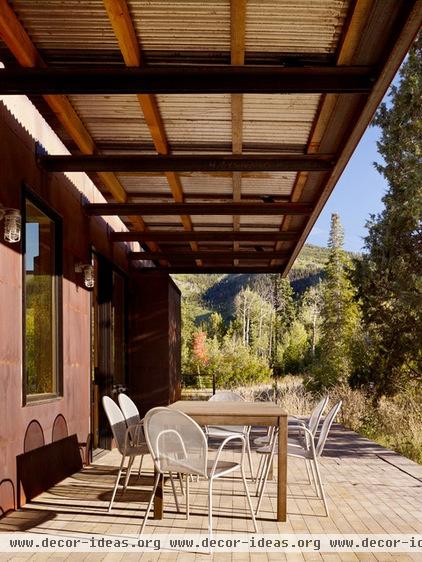
Roof Overhangs
Roof overhangs operate similarly to awnings. If designed properly, the right roof overhang not only will block solar heat in summer but will allow desirable heat to help warm your interior in winter. Consult an architect or a designer experienced in passive solar design. He or she will consider a multitude of factors, like latitude, climate and window size.
Ideal locations: South-facing windows.
Best uses: Solar heat gain and heat loss in new construction projects. Awnings are a sensible option for existing windows.
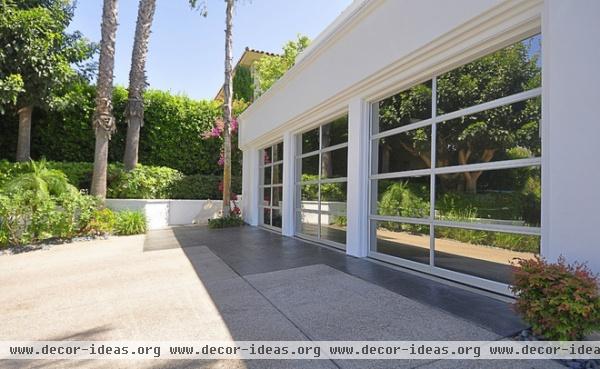
High Reflectivity Film
Because of high reflectivity film’s permanence, the DOE suggests using it in climates with short winters. The film reduces heat gain the entire year, including in winter months, which might actually benefit from solar heat.
Silver, mirror-like film works better than more transparent film. High reflectivity film works well on very large windows, like on the garage here, where cool temperatures are desirable.
Ideal locations: East- and west-facing windows.
Best uses: Reducing solar heat gain all year round.
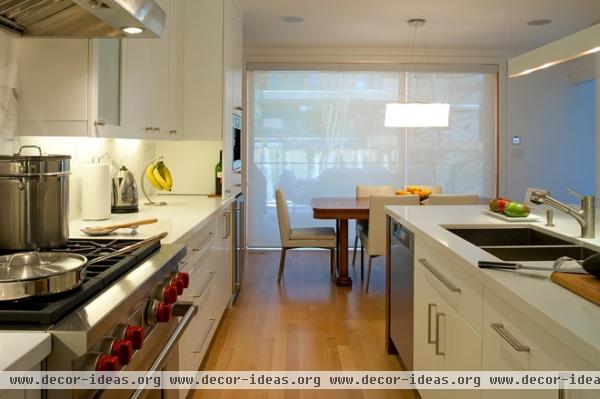
Mesh Window Screens
Mesh window screens reduce heat gain by diffusing solar radiation. Experts advise mounting the screen to an exterior frame and covering the entire window.
Ideal locations: East- and west-facing windows.
Best uses: Reducing heat gain in windows that need light all year round.
Related Articles Recommended












